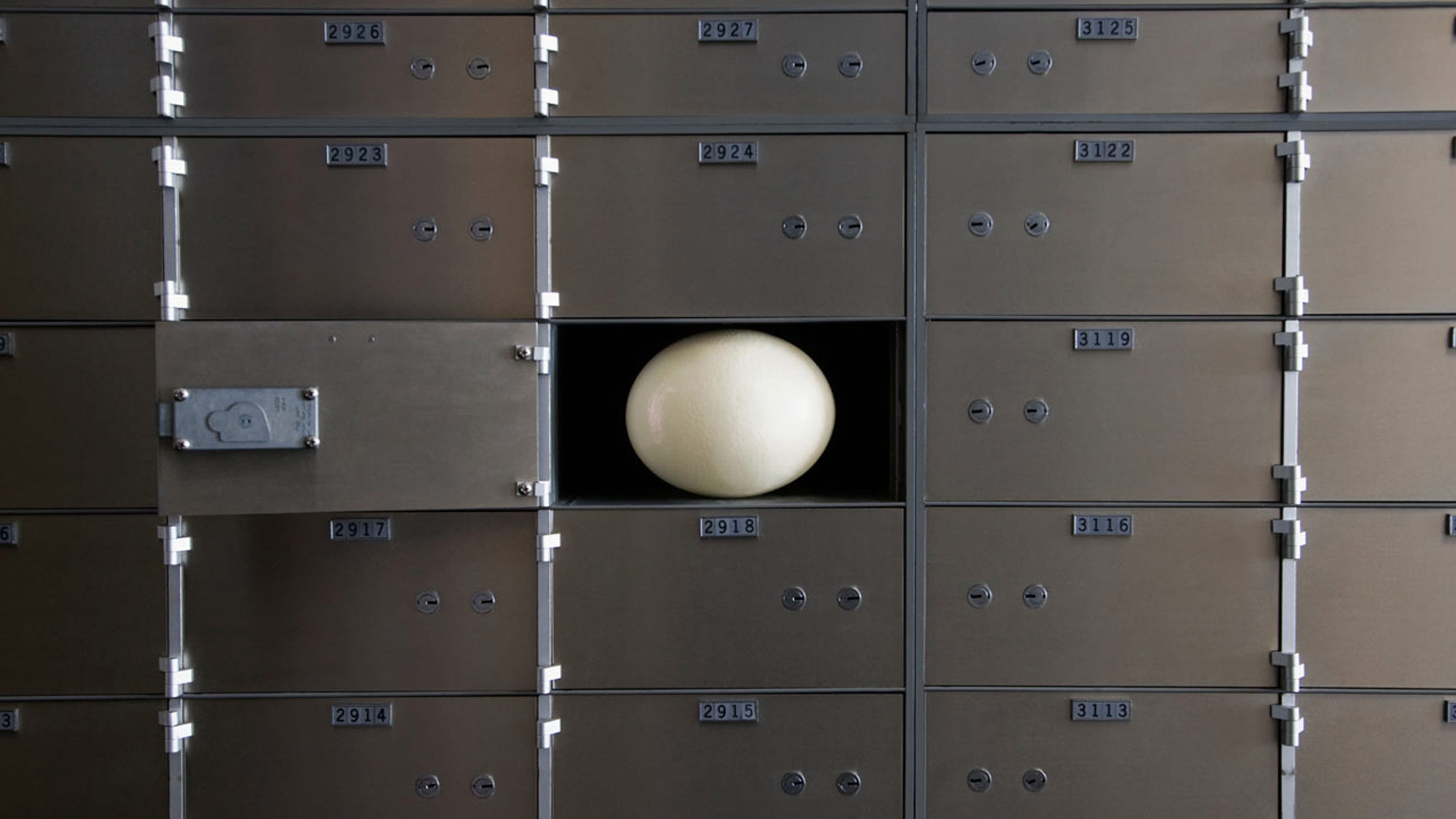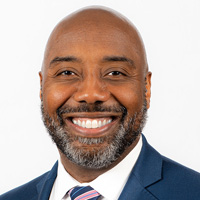How to Steer Your Retirement Portfolio Through the Storm
Right now, it feels like there’s an economic challenge around every corner. But the good news is you can still protect your nest egg.


Here’s something you already know: The world is a pretty crazy place right now. From high inflation and rising interest rates to major market fluctuations, today’s economic uncertainty goes beyond anything we’ve seen since the 2008 financial crisis – and possibly even before that.
Yet aside from the immediate impact on the cost of living, what does all this heavy economic weather mean for your retirement plans? And more importantly, how can you protect your precious nest egg from the worst of its effects?
Stress-test your portfolio
The best place to start is by using financial planning software to figure out what a period of no or low growth may mean for your retirement fund. Ideally, this should be something a little more robust than the free software on the internet. Instead, you want enough “bells and whistles” to let you play around with different variables and really understand their potential consequences. (A qualified financial adviser can help you identify the best software to use. I like eMoney Advisor.)

Sign up for Kiplinger’s Free E-Newsletters
Profit and prosper with the best of expert advice on investing, taxes, retirement, personal finance and more - straight to your e-mail.
Profit and prosper with the best of expert advice - straight to your e-mail.
These variables should be things like:
- What if we see inflation at 6% for a decade?
- What if I lose 20% of my portfolio value in the next three years?
- What if my annual rate of return during retirement is 5% not 7%?
By stress-testing your portfolio against these scenarios, you can figure out if you’ve got a gap between your projected income and the level of income needed to finance your planned retirement lifestyle – and if so, how big that gap is. Knowing this will then help you decide what actions to take to help close it.
Maximize your saving options
Which brings us on to step two: taking advantage of all possible savings vehicles. For example, while most people participate in a 401(k), far fewer tend to be familiar with a cash balance plan. This is a type of tax-deferred defined benefit that lets you invest a certain percentage of your income each year alongside whatever you’re putting into your 401(k).
Adding one to your portfolio is therefore a great way to build up your pension pot. In fact, if you’re in your early 50s, having a cash balance plan can be the difference between saving $67,500 a year with a 401(k) and profit sharing and saving $258,500 – all on a tax-deductible basis (this would be a cash balance plan layered on top of a 401(k) with profit sharing). Accumulated over a decade or more, that’s a very healthy boost to your retirement fund!
Split your nest egg up
There are two types of expenses that ultimately define your retirement lifestyle: fixed and variable. Fixed expenses comprise unavoidable costs you incur year in year out, with little or no control over when you pay them. Stuff like your mortgage, utilities, real estate taxes, even your kids’ college fees.
Because these expenses tend to be non-negotiable, you should dedicate a specific part of your retirement portfolio to covering them – which is where more predictable income investments, such as municipal and government bonds, structured notes and annuities, come in. These offer a stable rate of return, or guaranteed income in the case of annuities, so they can be tied directly to your fixed outgoings. Resist the temptation to overcorrect by investing your whole fund in fixed income vehicles though. Otherwise, you risk getting to a point where inflation outstrips your expansion rate, leaving you worse off.
Variable expenses, meanwhile, are lifestyle costs over which you have some control, such as vacations, entertainment and travel. These should be financed by a separate part of your portfolio to avoid them eating into the money you need for your fixed expenses, normally by selling stock or drawing down upon your retirement fund at the appropriate time without (hopefully!) selling at a loss or incurring substantial fees.
Note, by the way, that some costs may feature in both expense buckets. For example, your medical premiums are a fixed expense, but any costs you or a family member experiences due to ill-health or injury should ideally be covered as a variable expense.
Be ready for anything
Whatever stage of your career you're at, it’s perfectly understandable to be concerned about how economic uncertainty like this might impact your ability to live the lifestyle you want after finishing work. Yet the worst thing you can do is stick your head in the sand and hope for the best.
Sure, none of us can control how long this current storm lasts or precisely predict when the next one might hit. But by monitoring your return rate vs. expected expenses, by taking full advantage of any savings vehicles and by getting the right balance of fixed and variable income investments, you will give yourself the best possible chance of steering through it with your portfolio and your retirement plans intact.
Get Kiplinger Today newsletter — free
Profit and prosper with the best of Kiplinger's advice on investing, taxes, retirement, personal finance and much more. Delivered daily. Enter your email in the box and click Sign Me Up.

Stephen Dunbar, Executive Vice President of Equitable, has built a thriving financial services practice where he empowers others to make informed financial decisions and take charge of their future. Dunbar oversees a territory that includes Georgia, Alabama and Florida. He is also committed to the growth and success of more than 70 financial advisers. He is passionate about helping people align their finances with their values, improve financial decision-making and decrease financial stress to build the legacy they want for future generations.